SBA Announces Community Navigator Model and Funding Opportunity
Source Link
MARCH 29, 2021
In guiding organizations through the process of deploying Community Navigators (we often refer to them as Network Navigators), it’s been our experience this model can be successful in communities of all sizes—whether that’s impacting small towns like Klamath Falls or scaling to statewide initiatives in Kansas , Missouri , Wisconsin and Iowa.


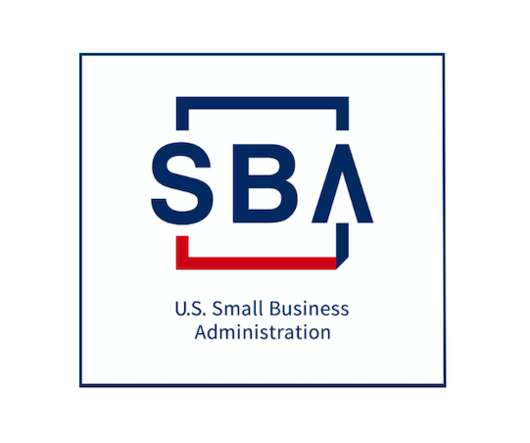
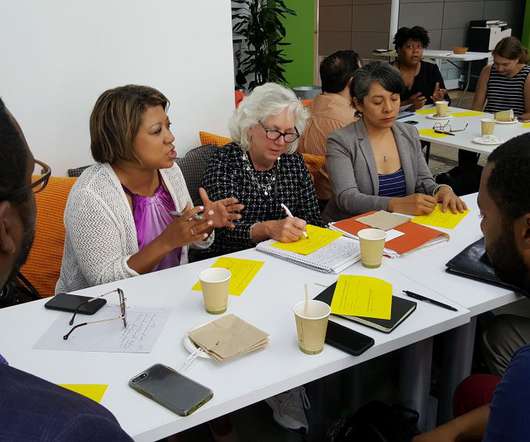

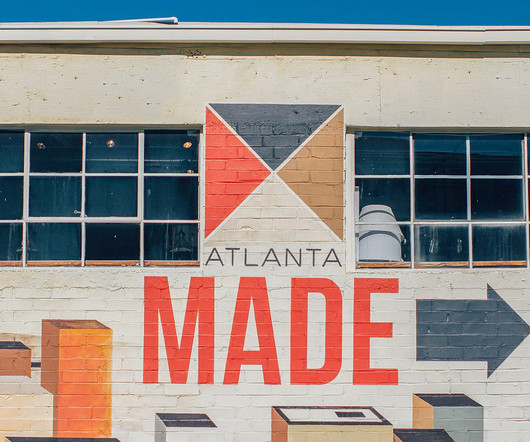

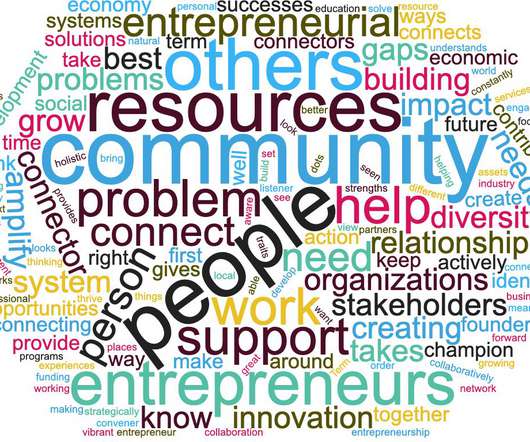

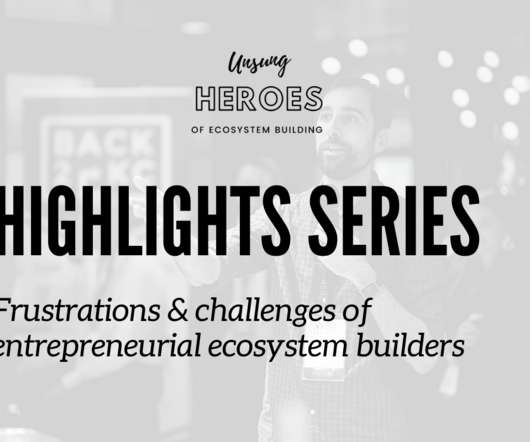

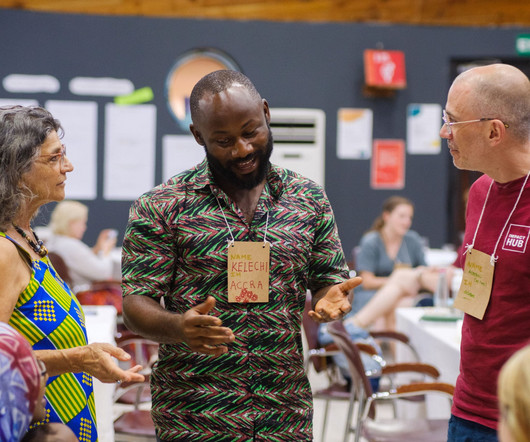



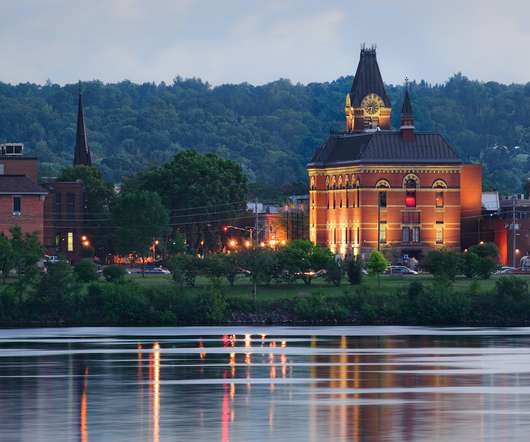








Let's personalize your content